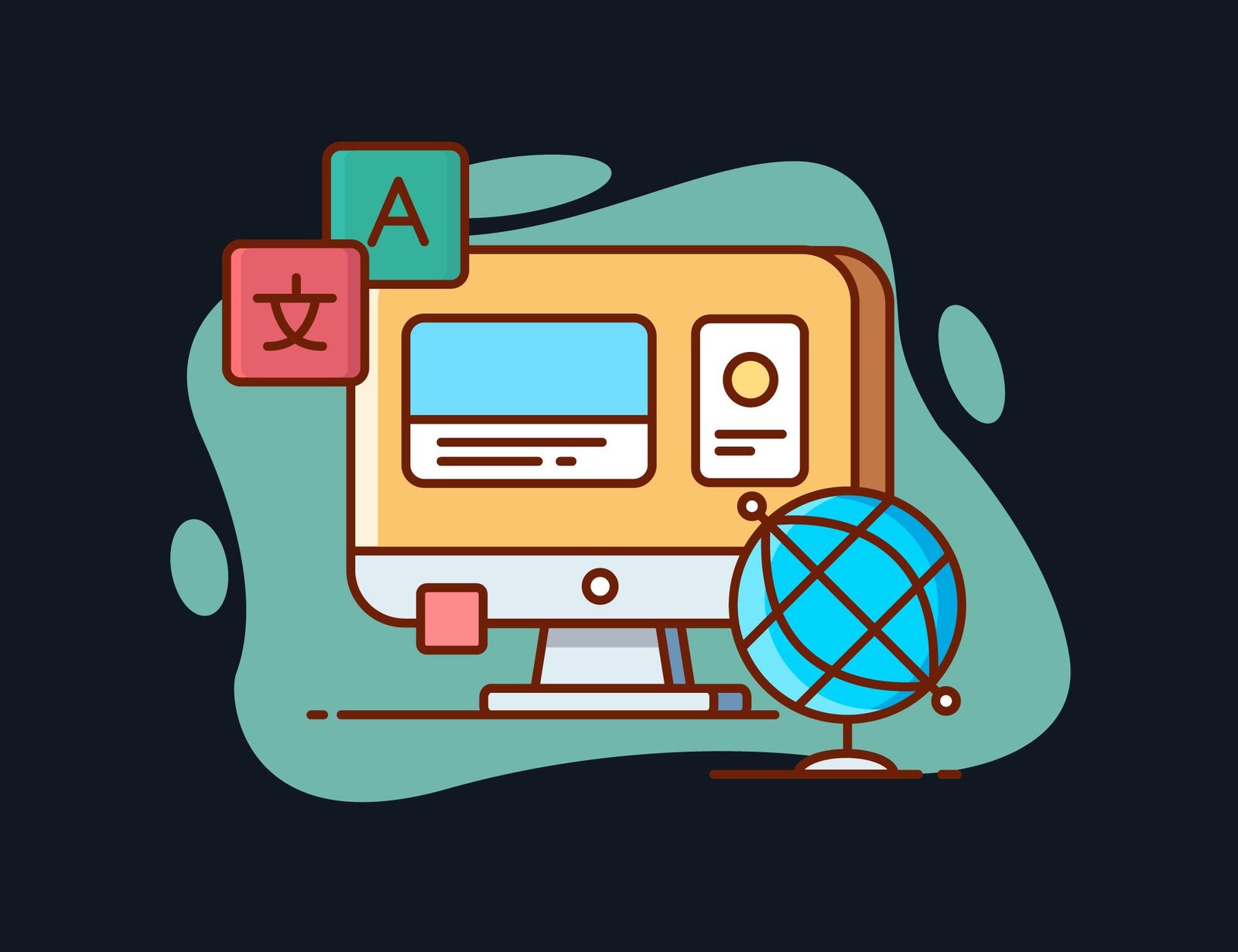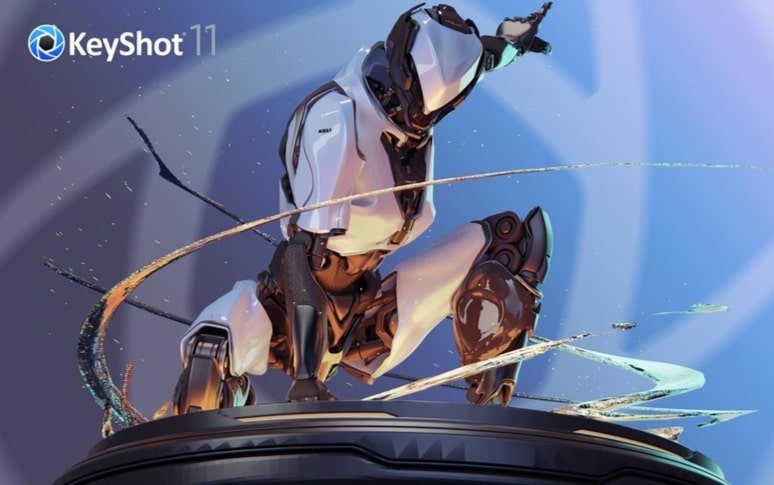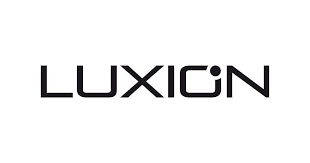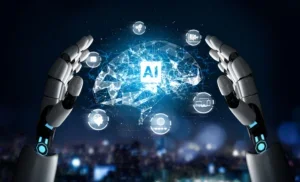The Future of Translation: How AI and Technology Are Changing the Industry
The translation industry is undergoing a seismic shift due to advancements in artificial intelligence (AI) and technology. As businesses and individuals seek to communicate across borders more efficiently, the demand for rapid, high-quality translation has never been higher. This post explores how AI and technology are transforming translation and what this means for the future of the industry.
1. The Rise of Machine Translation
Machine translation (MT) has been around for decades, but recent developments in AI have significantly improved its accuracy and usability. Tools like Google Translate and DeepL leverage neural machine translation (NMT) algorithms, which are capable of producing translations that are more fluent and contextually relevant than ever before.
- Neural Machine Translation (NMT): NMT uses deep learning models to analyze entire sentences rather than translating word by word. This approach allows for better understanding of context, idiomatic expressions, and the nuances of language.
- Efficiency: For businesses needing quick translations, MT offers an invaluable resource. It enables the rapid translation of large volumes of content, making it ideal for applications like social media, user-generated content, and real-time communication.
2. The Role of Human Translators
Despite the advancements in MT, human translators remain indispensable in the translation process. While AI can handle basic translations, it struggles with complexities such as cultural context, tone, and subtle meanings.
- Post-Editing: Many companies are now adopting a hybrid model that combines machine translation with human post-editing. This approach allows businesses to capitalize on the speed of MT while ensuring accuracy and cultural sensitivity through human oversight.
- Specialized Translation: Certain fields, such as legal, medical, or literary translation, require a depth of understanding and nuanced interpretation that machines cannot replicate. Human translators bring expertise, cultural knowledge, and a personal touch that machines lack.
3. AI-Powered Tools Enhancing Translation Workflow
AI technologies are streamlining translation workflows, enabling translators to work more efficiently and effectively.
- Translation Memory (TM) Systems: These tools store previously translated content to help translators maintain consistency and speed up the process for recurring phrases or terms. AI enhances these systems by suggesting the best matches based on context and usage history.
- Terminology Management: AI can help manage glossaries and terminology databases, ensuring that industry-specific terms are consistently translated across documents. This is particularly important in sectors where accuracy is paramount, such as finance and law.
4. Localization and Cultural Adaptation
As businesses expand globally, localization has become an essential aspect of translation. AI technologies assist in making content culturally relevant for target audiences.
- Cultural Insights: AI can analyze data on consumer behavior and preferences in different regions, helping businesses tailor their content and marketing strategies. This information can guide decisions on language, imagery, and messaging that resonate with local audiences.
- Dynamic Content Adaptation: With AI, companies can dynamically adapt their websites and marketing materials for different markets, ensuring that the content remains relevant and engaging for each audience.
5. The Future Landscape of the Translation Industry
As AI continues to evolve, its impact on the translation industry will deepen. Here are a few trends to watch:
- Real-Time Translation: Advances in real-time translation tools and applications, such as instant messaging and video conferencing platforms, will continue to facilitate seamless communication across languages.
- Voice and Speech Recognition: Technologies that convert speech to text are improving rapidly, enabling automatic transcription and translation of spoken language. This will play a crucial role in multilingual meetings and conferences.
- Greater Collaboration: The integration of AI tools will encourage more collaboration between linguists and technologists, leading to innovative solutions that enhance the quality and efficiency of translation services.
6. Challenges Ahead
While AI and technology bring numerous benefits to the translation industry, several challenges remain:
- Quality Control: Ensuring the quality and accuracy of machine-generated translations will continue to be a priority. Regular evaluations and updates of AI models are necessary to maintain high standards.
- Ethical Considerations: The use of AI raises ethical questions regarding job displacement and the role of human translators. The industry must navigate these challenges while embracing technological advancements.
Conclusion
The future of translation is undoubtedly intertwined with AI and technology. While machine translation offers speed and efficiency, the expertise of human translators remains crucial for ensuring accuracy and cultural relevance. As the industry continues to evolve, businesses that leverage both AI and human insights will be better positioned to thrive in the global marketplace. Embracing this hybrid approach will not only enhance translation quality but also foster deeper connections across cultures.





Post Comment